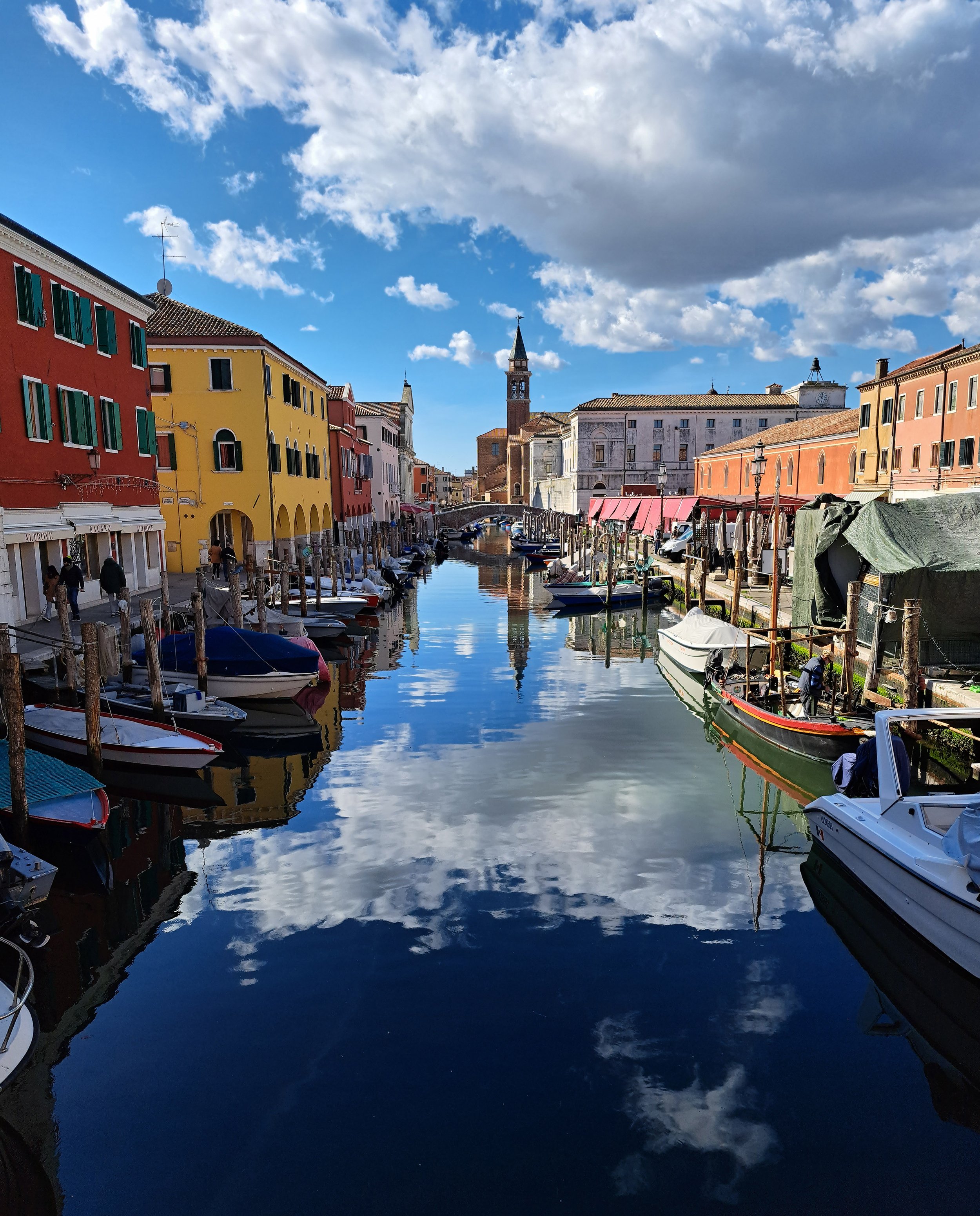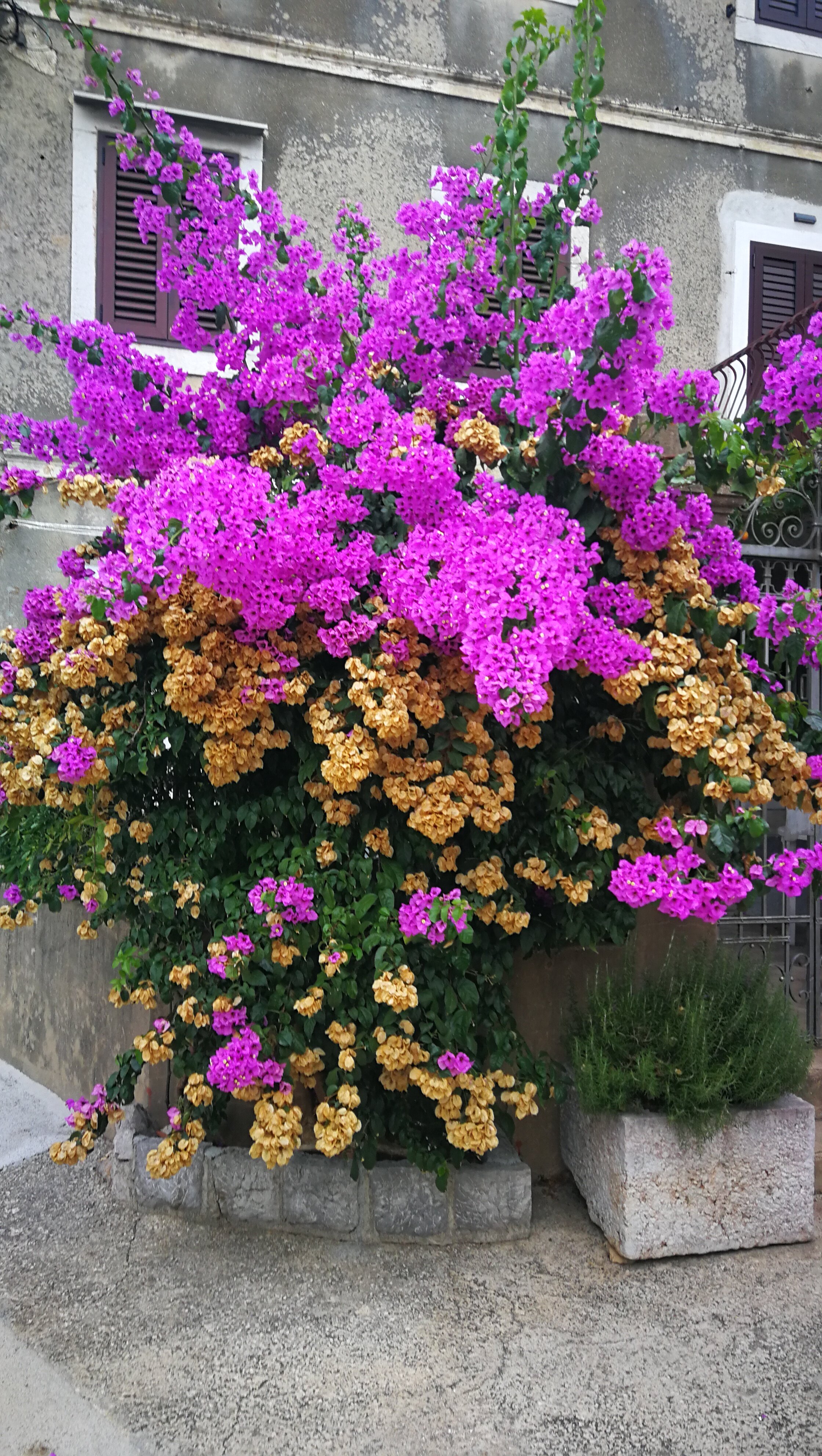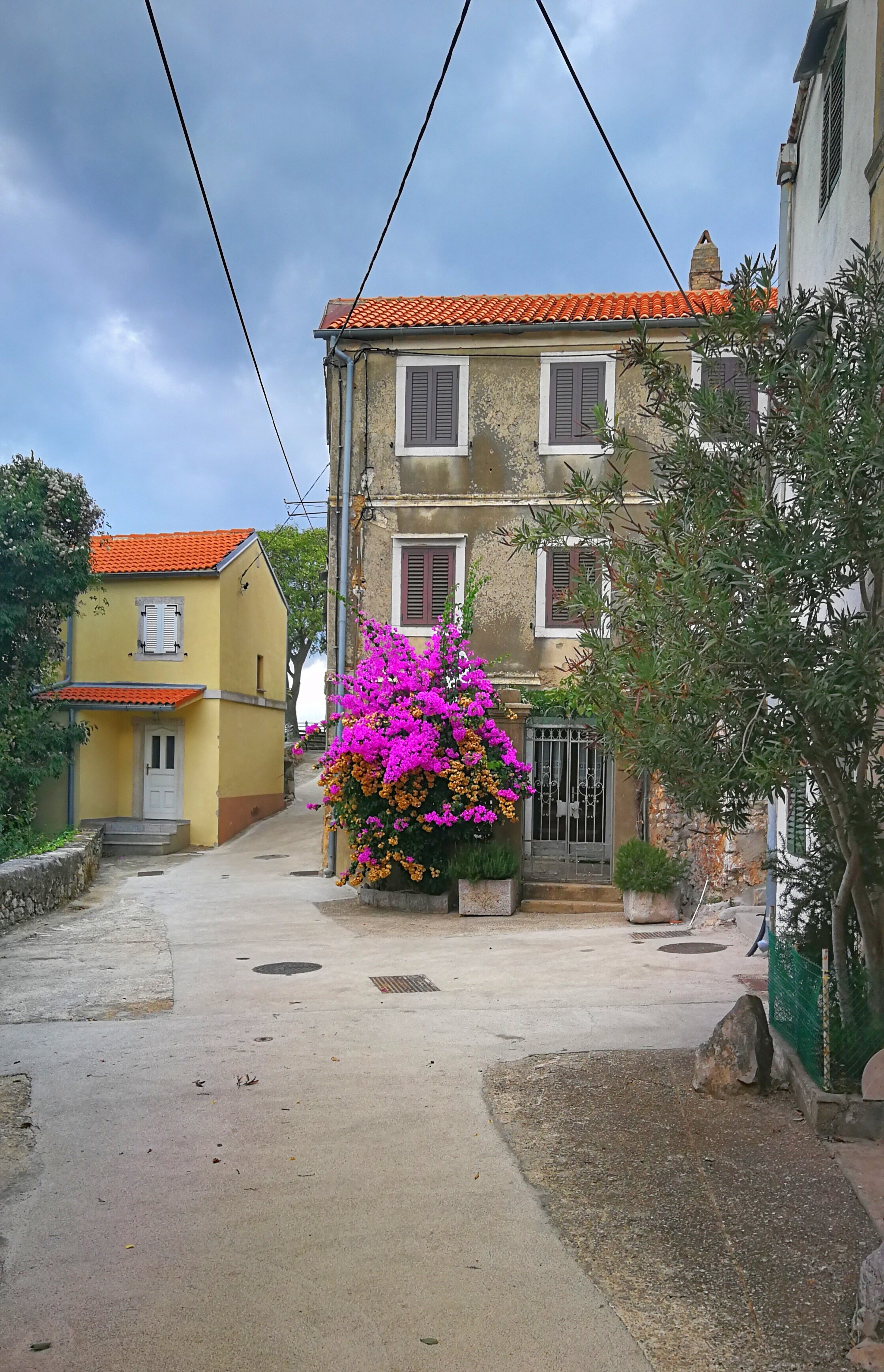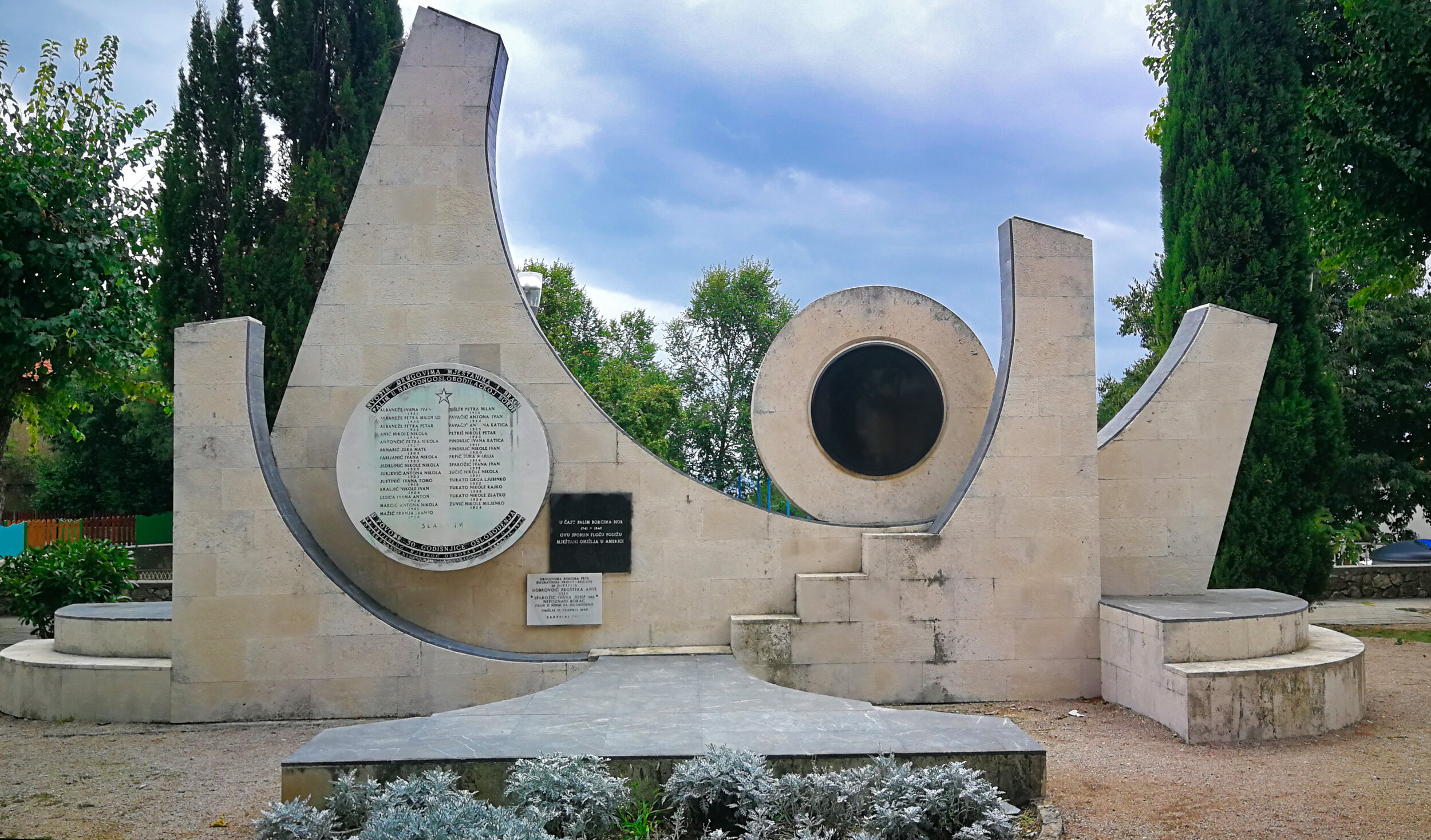Budapest in Winter: Embracing the Frost with Warmth and Wonder
/As the winter chill sets over the Danube, Budapest transforms into a city of warmth against the cold, its charm undiminished by the frost.
The Hungarian capital, with its blend of ancient history and vibrant modern culture, offers a winter experience that is both invigorating and serene. Here's a glimpse into what makes Budapest a must-visit destination during the colder months.
Thermal Baths: A Haven of Heat
There's no better way to fend off the winter's bite than by plunging into the steaming waters of Budapest's famed thermal baths. The Széchenyi Baths, with outdoor pools that remain open throughout winter, are a surreal experience as you swim in hot, mineral-rich waters while snowflakes gently fall around you. It’s a scene straight out of a dream and a must-capture for any photographer.
Festive Atmosphere: Christmas Markets Galore
The city buzzes with festive spirit from late November, culminating in its Christmas markets. Vörösmarty Square is at the heart of the festive action, lined with stalls that offer traditional Hungarian crafts, sizzling street food, and the sweet scent of mulled wine. The market is lit with a golden glow as evening falls, a perfect backdrop for enchanting winter photographs.
Architectural Wonders: A Snow-Capped Panorama
Budapest's architecture is a feast for the eyes, and in winter, the snow adds a majestic touch to its already impressive edifices. The Gothic Revival Parliament building, standing proudly by the riverbank, is particularly striking when dusted with frost. The Fisherman’s Bastion, with its fairytale turrets and panoramic city views, offers a pristine vantage point for photos on a clear winter's day.
Cultural Melting Pot: Museums and Galleries
Budapest's array of museums and galleries provide refuge and enlightenment for those who prefer indoor warmth. Delve into the history of the city at the Budapest History Museum or appreciate fine art at the Hungarian National Gallery. Each venue offers a wealth of subjects for photographers, from the intricate interiors to the art pieces themselves.
Cuisine: Comfort on a Plate
Hungarian cuisine is practically made for the winter palate. Hearty stews like goulash, rich in flavor and warmth, become staples. For a taste of traditional sweets, indulge in a chimney cake, freshly rolled in sugar and nuts, as it provides both a treat for the taste buds and a delightful subject for food photography.
River Danube: A Flowing Muse
A cruise along the Danube is particularly magical during the winter. The river acts as a central vein through the city, flanked by historic buildings and twinkling lights. Capture the essence of Budapest from this unique perspective, where the water reflects the city's winter glow and bridges like the Chain Bridge become illuminated gateways to the city's soul.
Closing Thoughts
Visiting Budapest in winter is an exploration of contrast—the cold against the thermal waters, the quiet of a snowfall against the buzz of festive markets, the warmth of traditional dishes against the crisp air. It's a time when every steamy breath becomes a part of the city’s living narrative, and a camera's shutter can capture the fleeting moments that make winter here an experience unlike any other.


















